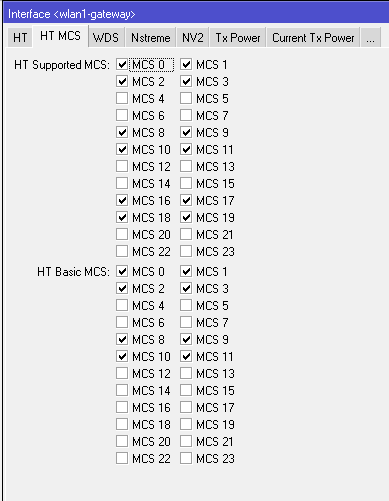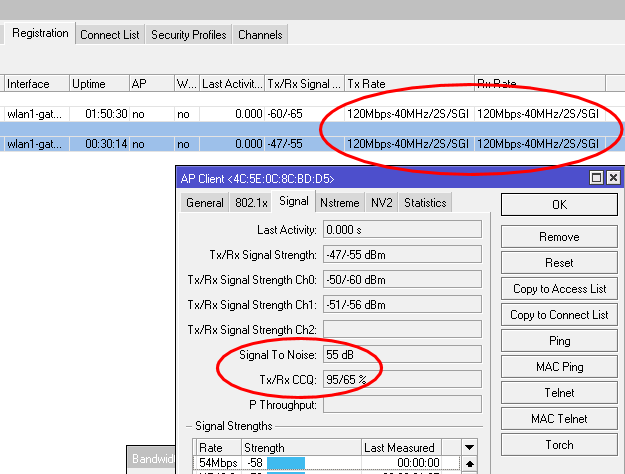Which LTE networks?Even some LTE networks use TDD based TDMA.
Please bear in mind that OFDMA as used in LTE is partly TDMA (probably OFDMA in 802.11ac as well, I don't know the details). Partly in a sense that block of orthogonal frequencies is assigned to single client device at a time and assignment is done in regular intervals (in LTE interval length is 1 ms) thus same frequency block can be assigned to different client devices at different times.
The big difference between "proper" TDMA systems and OFDMA is that in TDMA all resources (if this was OFDM, then whole set of orthogonal frequencies spanning while carrier) is assigned to single client device while in OFDMA many client devices can get assigned part of orthogonal frequencies at the same time (of course one block can be assigned to single device). Surely if number of devices needing air-time is low, then it can happen that single client device gets assigned resources in certain time interval thus OFDMA can really look like TDMA.
In uplink LTE uses slightly different technology, called SC-OFDMA .. SC meaning Single Carrier, where each client device gets assigned contigous block of frequencies while in "straight" OFDMA, assigned blocks of frequencies can be sparsely distributed across whole carrier.
.
This describes very badly designed TDMA. The last time such TDMA was used in mobile networks, was in GSM/PCS for voice calls - so called circuit-switched services (including 9.6kbps/14.4kbps data transfer modes). GPRS/EDGE works on top of TDMA but it doesn't really reserve so much air-time for inactive users. There's state transition (idle/dedicated) happening with idle timeout with magnitude of 1 second. When client is idle, no resources are reserved for it and when data transfer is about to resume, special signalling procedure takes place (and timeIn a tdma environment each client (plus the possible new one) always gets time slots reserved but if the client in fact doesn't need to send or receive anything this is wasted time.
I have hard time to believe that NV2 would be implemented in GSM way (and not in GPRS way).









